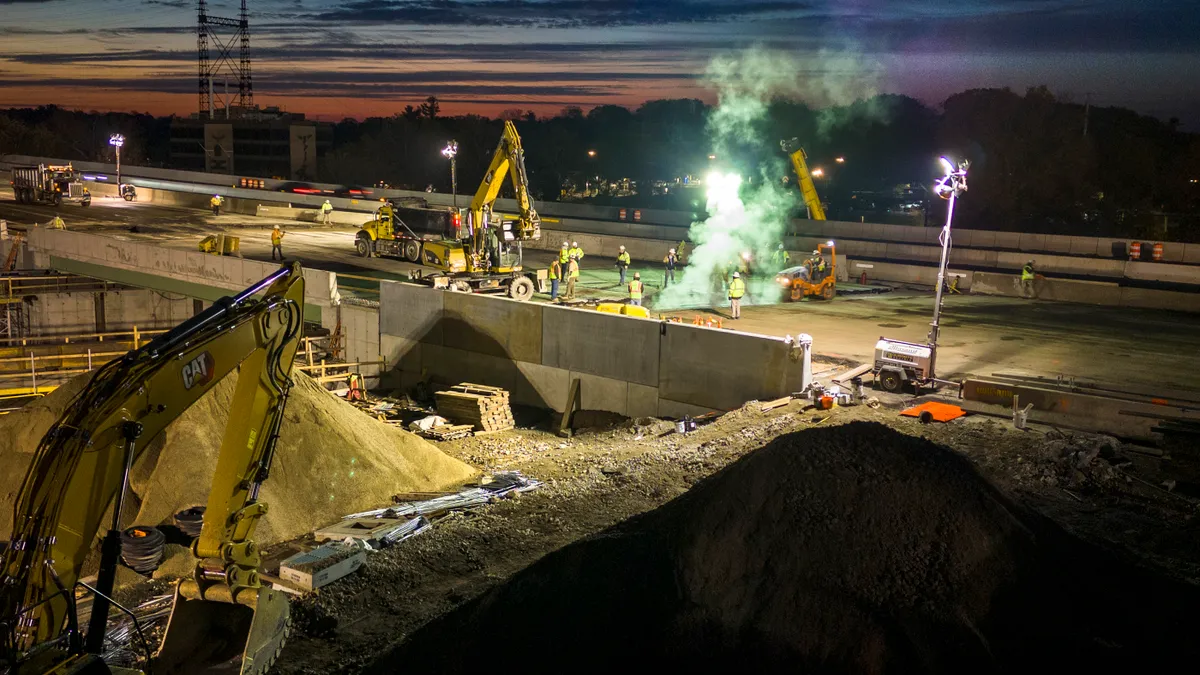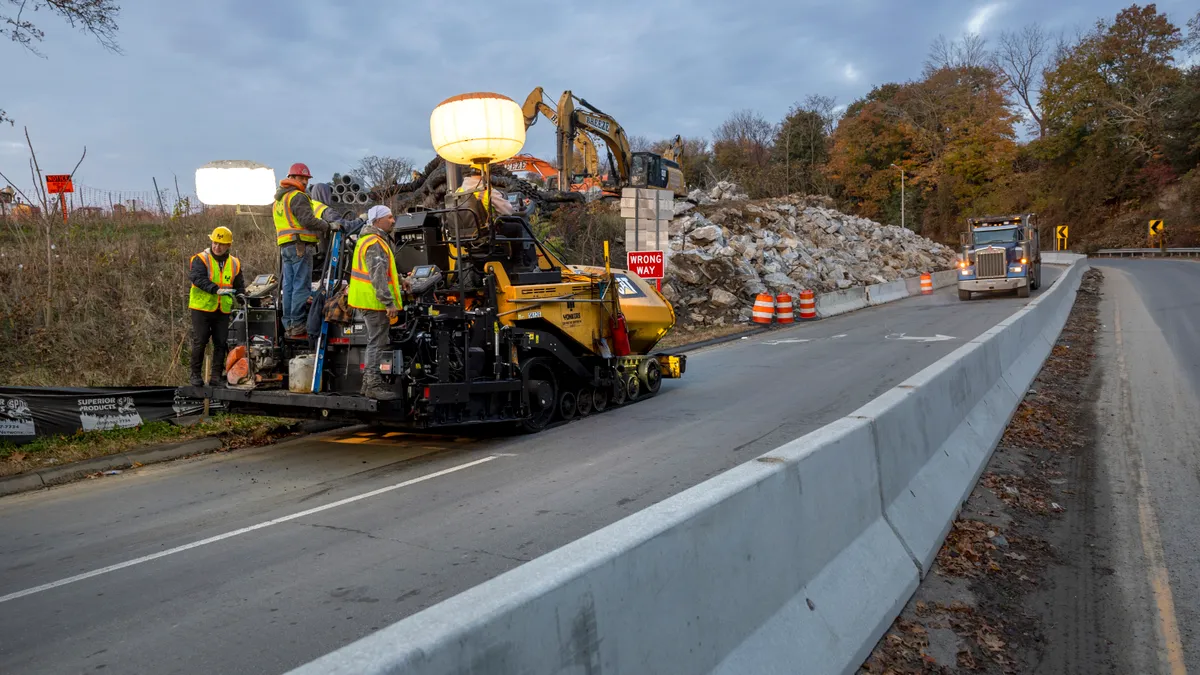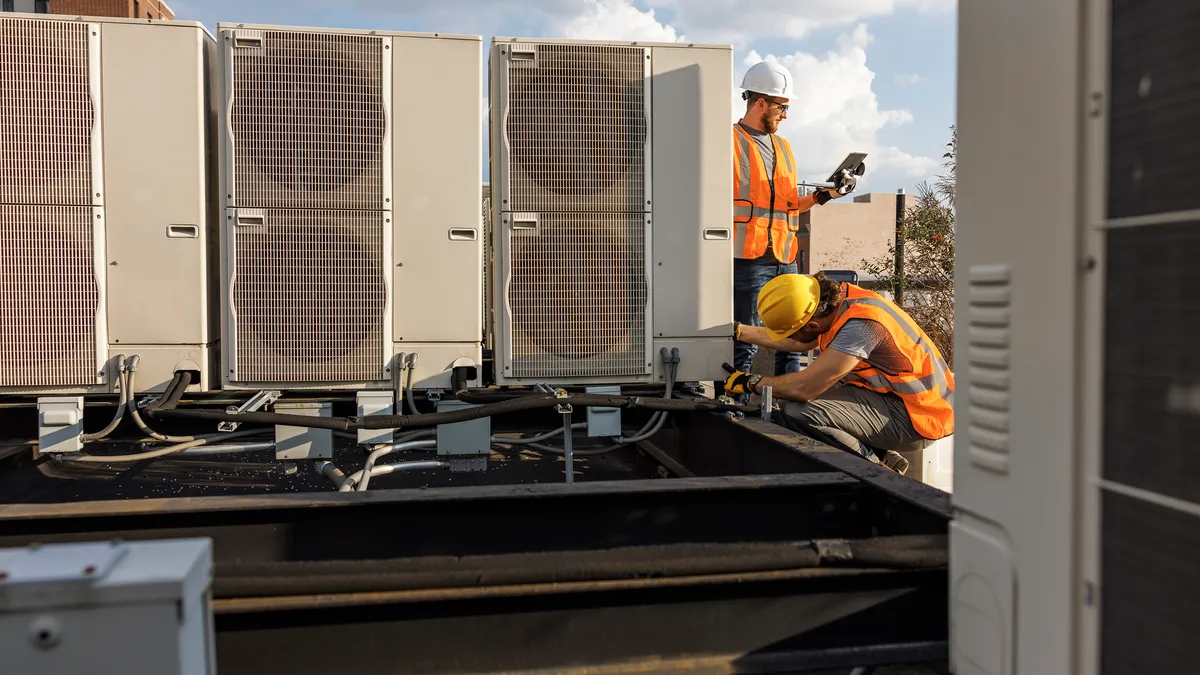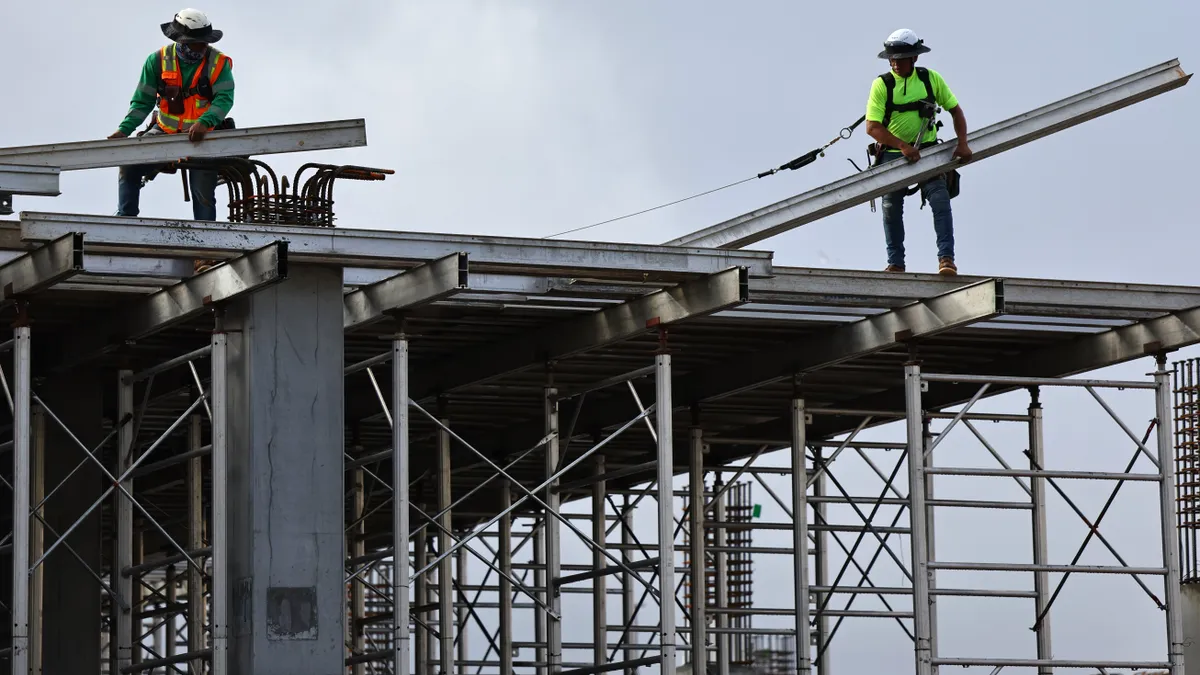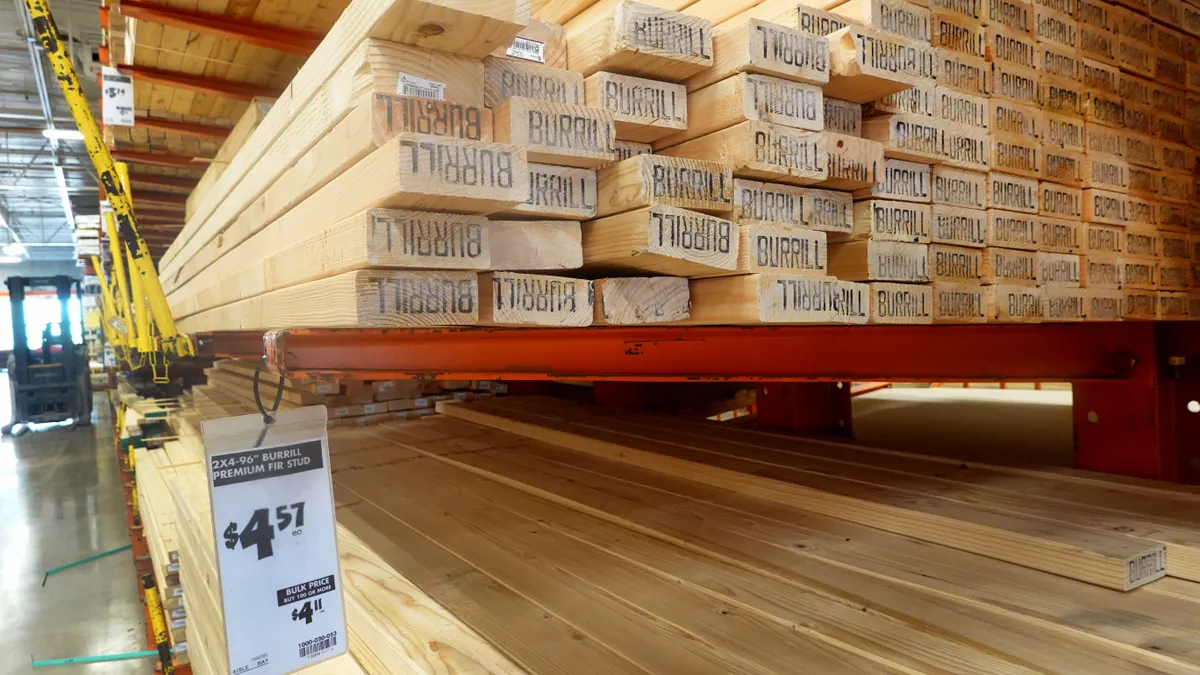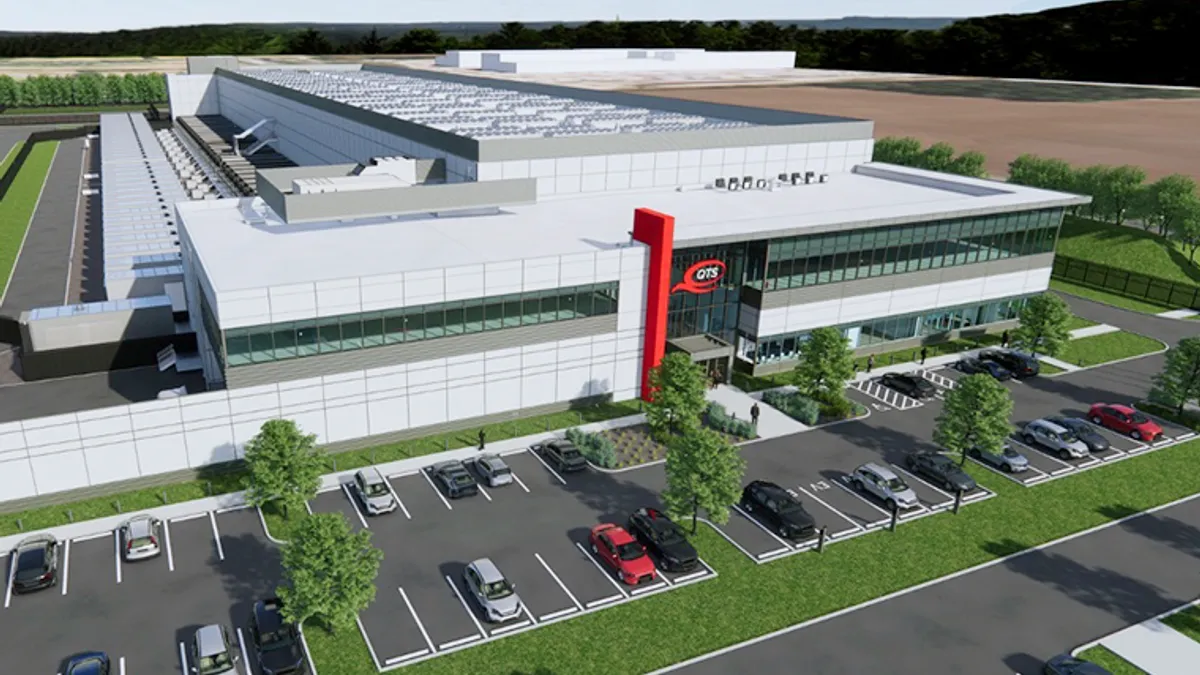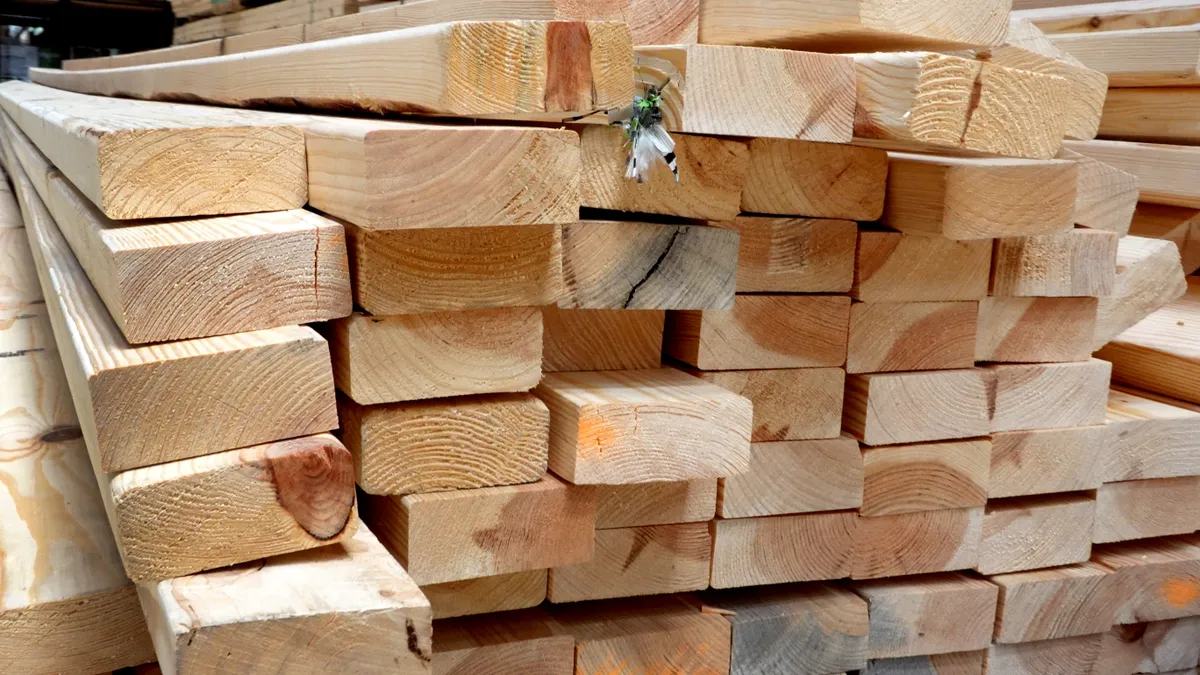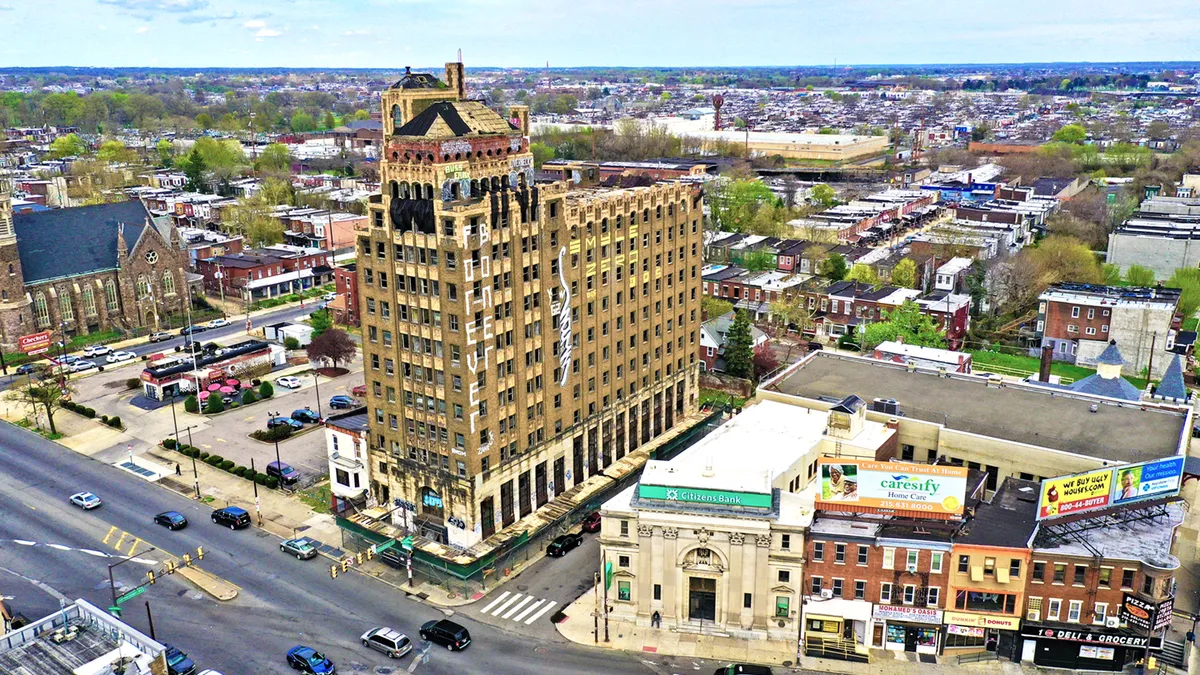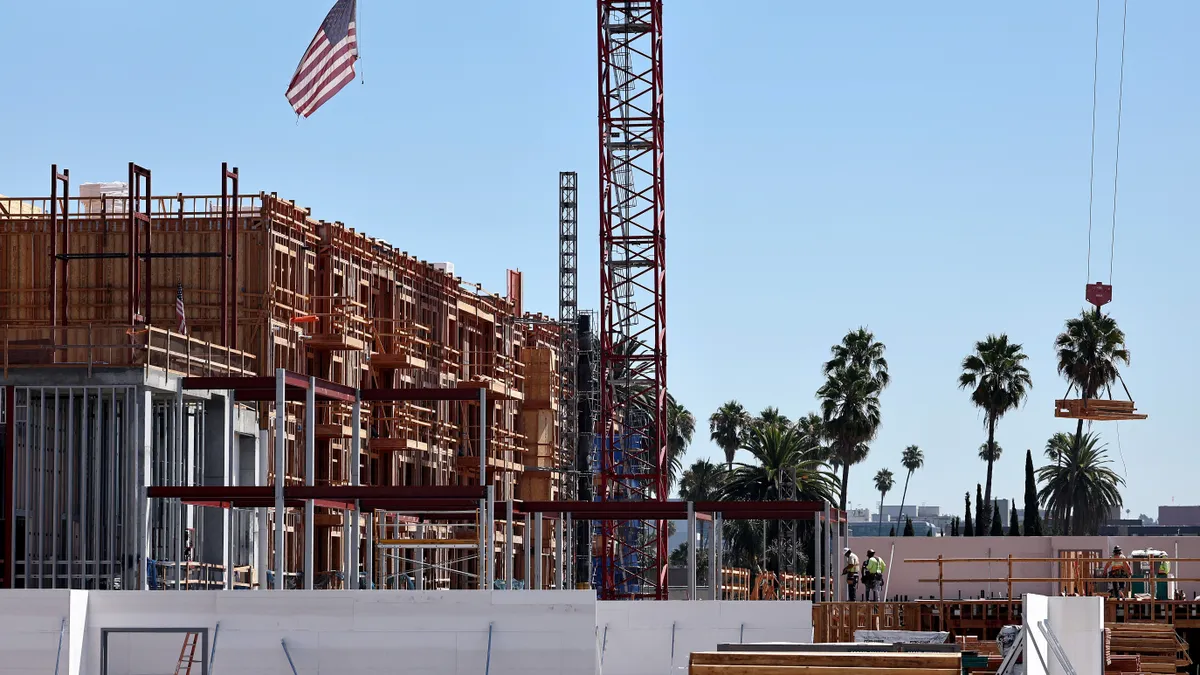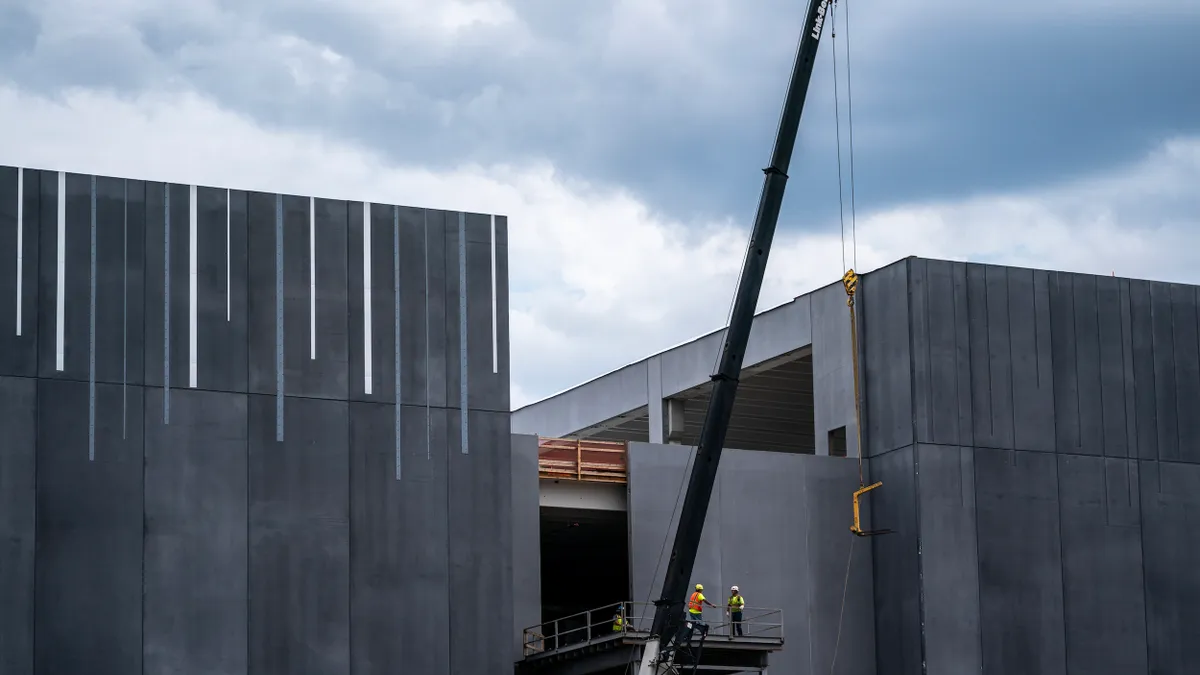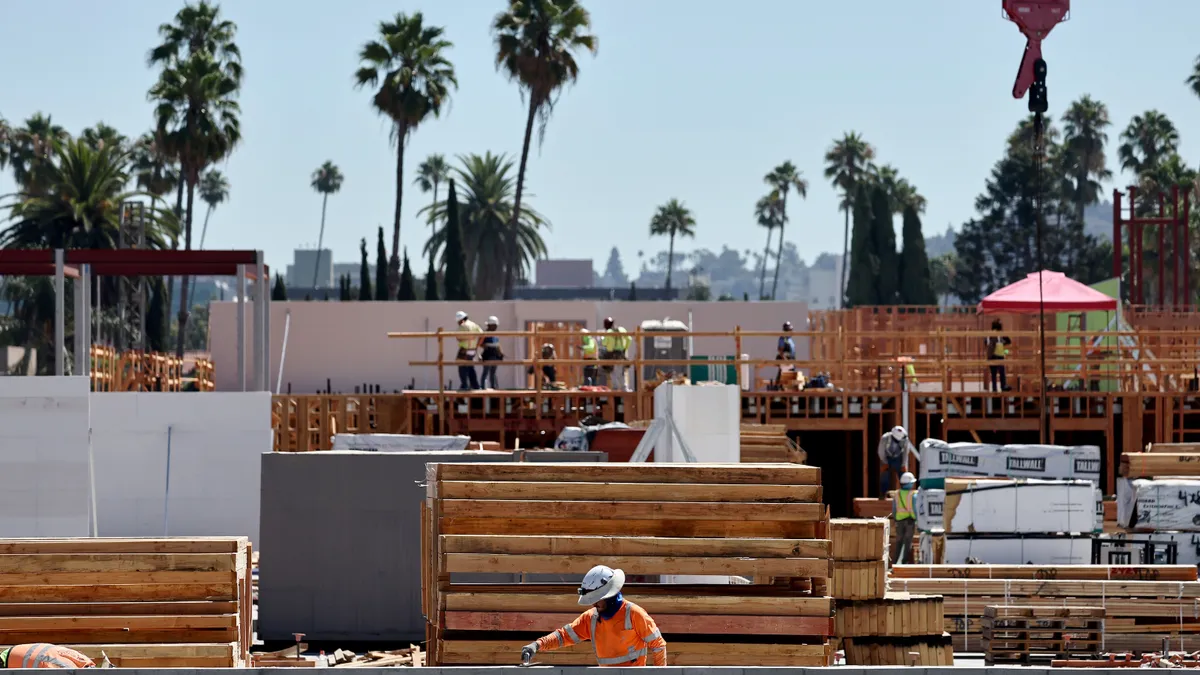The total number of cranes in the U.S. and Canada dropped 5%, or by 15 cranes, from the first quarter to the third quarter of 2023, according to an Oct. 4 report released by New York City-based consultancy firm Rider Levett Bucknall.
While the majority of cranes are stationed on residential (37%) and mixed-use projects (31%), according to RLB, other sectors like healthcare, education and infrastructure are also driving significant construction efforts.
Although high office vacancy rates create challenges and some sectors and cities have seen dips in crane numbers, RLB said overall construction activity remained robust in Q3, “indicating a dynamic and evolving urban development.”
Of particular note, Seattle, which has the second highest number of cranes, saw a 26% drop in cranes, losing 10 total. The city has experienced a continued reduction in crane activity since February, RLB said, particularly in the residential sector.
Behind mixed-use and residential, commercial work made up the next biggest share of crane projects at 7%.
Crane count in US cities largely held steady in Q3
Boston lost five cranes, but RLB said there is still significant construction in the city as mixed-use work leads the count, representing two-thirds of crane activity. Educational developments in the city account for 22% of its crane count.
Los Angeles has more cranes than any other U.S. city, but its count decreased from Q1 to Q3, primarily due to the completion of several multifamily and mixed-use projects, RLB said. The remaining 42 tower cranes in the city mainly support other sectors, like healthcare and cultural projects.
Toronto has more cranes than any U.S. city by far, with 83 in the “core area.” Still, beginning with the Q3 report released this month, RLB said it has revised to focus on the downtown area of the city to best reflect the development and size of projects there.





































